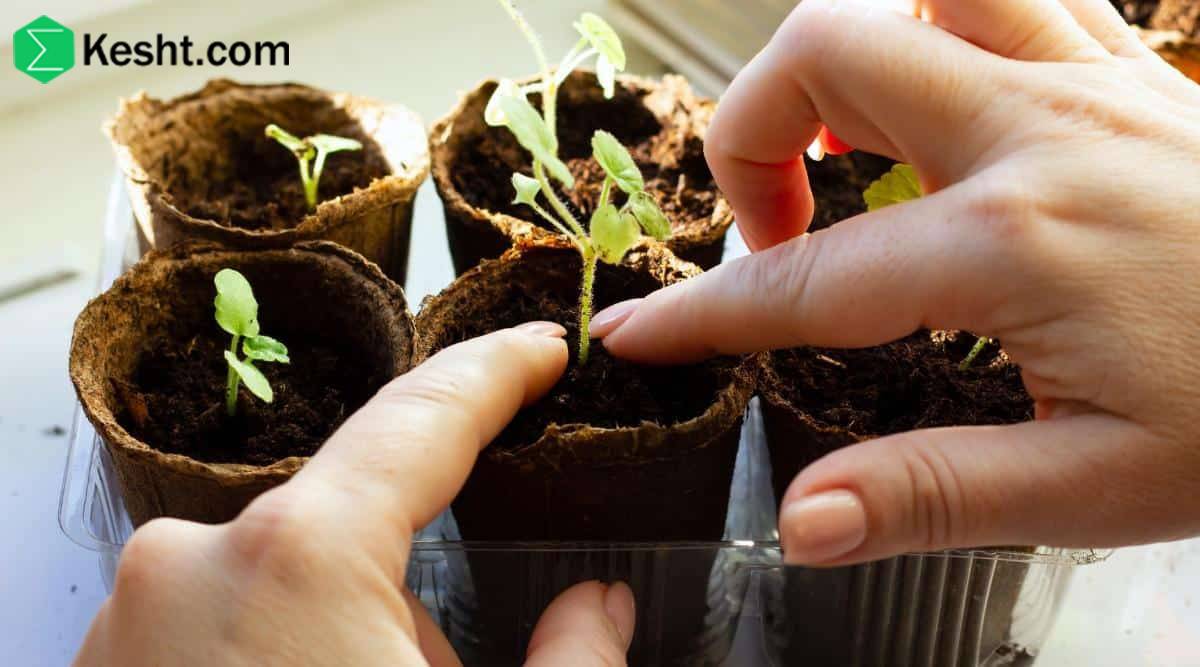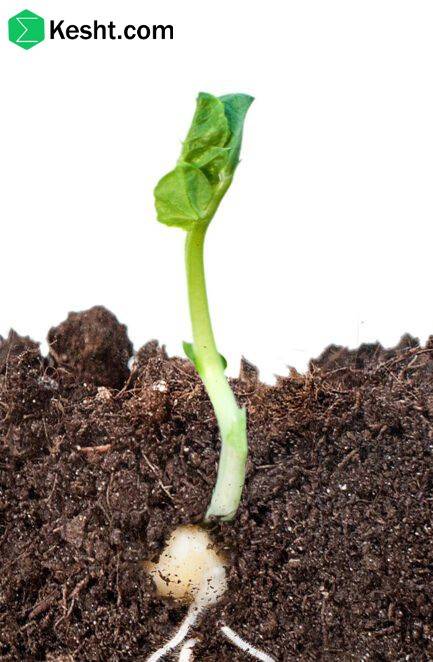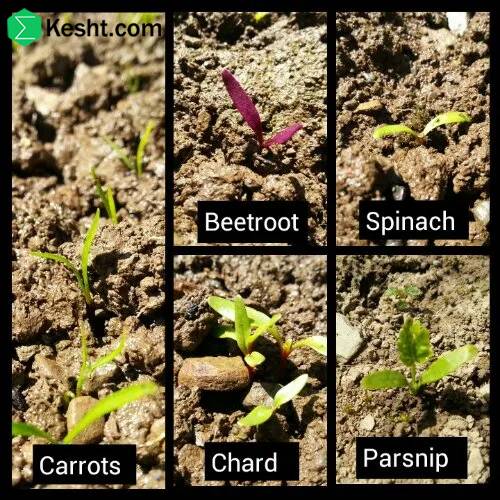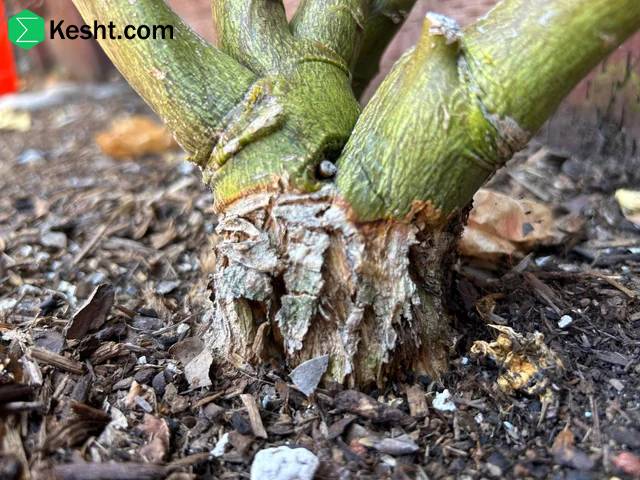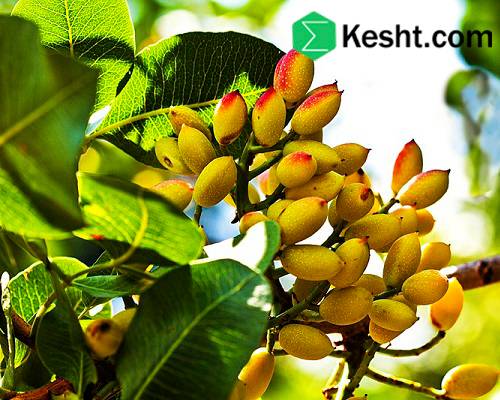Are Solid Organic Fertilizers Suitable for All Types of Soil?
Solid organic fertilizers can be beneficial for many types of soil, but their effectiveness depends on the specific soil type and conditions. Here’s an overview of this topic:
Advantages of Solid Organic Fertilizers:
Improvement of Soil Structure:
Organic fertilizers like compost can help improve soil structure, especially in clay and heavy soils that require better drainage.
Increased Fertility:
These fertilizers contain a wealth of nutrients that are released gradually, contributing to soil fertility.
Moisture Retention:
Organic fertilizers can help retain soil moisture, which is particularly beneficial for sandy or dry soils.
Enhancement of Soil Microbiome:
Adding organic fertilizers can increase the diversity and activity of microorganisms in the soil.
Limitations:
Sandy Soils:
In sandy soils, organic fertilizers may decompose quickly and may not supply nutrients for an extended period.
Amount and Type of Fertilizer:
The amount and type of organic fertilizer should be selected based on the specific needs of the soil and plants. Overapplication can lead to increased salinity or soil instability.
Nutrient-Rich Soils:
In nutrient-rich soils, there may be no need to add organic fertilizers, and doing so could cause nutrient imbalances.
Conclusion:
Solid organic fertilizers can be suitable for many soil types and help improve soil quality, but attention must be paid to the soil type and specific conditions. Soil analysis and selecting the appropriate type of organic fertilizer based on the needs of the plants and soil are key to successful agricultural productivity.
If you are interested, it is recommended that you read the following article / article title:
Comprehensive Guide to Planting Saplings and Post-Planting Care
https://ekesht.com/en/blog/comprehensive-guide-to-planting-saplings-and-post-planting-care
Examples of Solid Organic Fertilizers
Certainly! Here are some examples of solid organic fertilizers:
Compost:
A mixture of decomposed organic materials such as vegetables, leaves, and other natural substances that help improve soil structure and increase nutrient content.
Animal Manure:
Cow Manure: Rich in nitrogen and nutrients, it helps improve soil and increase fertility.
Chicken Manure: Contains a high ratio of nitrogen and potassium but should be well-decomposed to prevent damage to plants.
Vermicompost:
Produced from worms, this type of fertilizer is rich in nutrients and beneficial microorganisms.
Straw and Stubble:
Plant residues such as wheat or barley straw used as a source of organic matter to improve soil.
Seaweed Fertilizer:
Powdered seaweed used as a rich source of minerals and growth hormones.
Plant-Based Fertilizers:
Such as powdered oilseed or dried leaves used as a nutrient source.
Coffee Grounds:
Coffee waste that can be used as a nitrogen source for the soil.
Conclusion:
These solid organic fertilizers can help improve soil quality and increase its fertility. Choosing the right fertilizers should be based on soil type and the needs of the plants.
If you are interested, it is recommended that you read the following article / article title:
Modern Methods for Planting Pistachio Seedlings
https://ekesht.com/en/blog/modern-methods-for-planting-pistachio-seedlings
Do Solid Organic Fertilizers Have Disadvantages?
Yes, using solid organic fertilizers also has disadvantages that should be considered. Here are some of these disadvantages:
Decomposition Time:
Organic fertilizers typically require more time to decompose and release nutrients, so their effects may not be as quick as chemical fertilizers.
Nutrient Ratios:
The nutrient ratios in organic fertilizers can be variable, and this inconsistency may lead to imbalances in plant nutrition.
Risk of Contamination:
Animal manures may contain bacteria or plant diseases, so they must be properly decomposed to prevent disease outbreaks.
Large Volume:
Organic fertilizers generally have a large volume and may not be easy to transport and apply.
Cost:
Some organic fertilizers can be more expensive than chemical fertilizers, especially if sourced from specific suppliers.
Odor and Pollution:
Animal manures may have unpleasant odors, and if not managed properly, they can lead to environmental pollution.
Management Needs:
Using organic fertilizers requires more careful management to avoid nutrient overload or soil salinity.
Conclusion:
While solid organic fertilizers have many benefits, it is important to consider their disadvantages as well. Appropriate selection and proper management can help improve soil quality and plant performance.
If you are interested, it is recommended that you read the following article / article title:
Managing Organic Fertilizers
Effective management of organic fertilizers is a key aspect of sustainable agriculture and can improve soil quality and increase plant performance. Here are some strategies and tips for effective management of organic fertilizers:
Soil Analysis:
Soil Testing: Conduct soil tests before adding organic fertilizers to determine the specific needs of the soil and the existing nutrient levels.
Identifying Deficiencies: This analysis helps you identify existing deficiencies in the soil and the needs of the plants.
Choosing the Right Fertilizer:
Appropriate Fertilizer: Select the suitable type of organic fertilizer based on the plant's needs, soil type, and environmental conditions.
Quality of Fertilizer: Use organic fertilizers from reputable and quality sources.
Timing:
Optimal Timing: Consider the best time to add organic fertilizers to the soil, usually before planting or at the beginning of the growing season.
Growth Stages: Different plants have specific times for fertilizer application.
Uniform Distribution:
Even Distribution: Spread organic fertilizers evenly across the soil surface to ensure proper nutrient distribution.
Incorporating into Soil: In some cases, it is better to incorporate organic fertilizers into the soil to bring them closer to the roots.
Application Rate:
Appropriate Amount: Use the right amount of fertilizer. Overapplication can lead to nutrient imbalances and soil salinity.
Follow Guidelines: Pay attention to the guidelines related to the type of fertilizer and the specific needs of the plants.
Moisture Management:
Moisture Retention:
Organic fertilizers can help retain soil moisture, but they also need moisture management.
Proper Irrigation:
Ensure appropriate irrigation after applying fertilizers to help nutrients reach the roots.
Disease Management:
Complete Decomposition:
Ensure that animal manures are fully decomposed to prevent disease outbreaks.
Monitoring:
Regularly monitor plants and soil for any signs of disease or contamination.
Monitoring and Evaluation:
Soil Monitoring: Regularly check the soil condition and quality.
Assessing Impact:
Evaluate the impact of using organic fertilizers on plant growth and performance.
Conclusion:
Proper management of organic fertilizers requires care and planning. By following the above tips, you can enhance the efficiency and performance of your soil and plants.
If you are interested, it is recommended that you read the following article / article title:
What is plastic cultivation for nurseries and seedling protection?
https://ekesht.com/en/blog/what-is-plasticulture
How to Evenly Distribute Organic Fertilizers
Even distribution of organic fertilizers is a vital step in agriculture that can enhance soil fertility and plant growth. Here are tips and methods for achieving uniform distribution of organic fertilizers:
Use Appropriate Equipment:
Distribution Machines:
Using specialized machinery like fertilizer spreaders can help achieve even distribution. These machines uniformly spread the fertilizer over the soil surface.
Hand Application:
For smaller areas, you can use a bucket or shovel for manual spreading, but this requires more precision.
Soil Management and Preparation:
Loosen Soil:
Before adding fertilizer, loosen the soil to make distribution easier.
Clear the Soil Surface:
Remove any stones or large debris from the soil surface for more uniform distribution.
Distribute at the Right Time:
Before Rain or Irrigation:
Distributing organic fertilizers before rainfall or irrigation can help improve nutrient distribution in the soil.
Distribute Based on Plant Needs:
Identify Nutrient Needs:
Some areas may require more nutrients, so adjust the uniform distribution according to the plants’ needs.
Increase Contact Area:
Incorporate into Soil:
In some cases, it may be better to incorporate organic fertilizers into the soil to bring them closer to the roots. This can aid in even distribution.
Distribute in Stages:
Gradual Distribution:
Instead of applying all the fertilizer at once, distribute it in several stages over time.
Check and Evaluate:
Distribution Assessment: After distribution, check the soil surface to ensure the fertilizer is evenly spread.
Readjust if Necessary:
If needed, you can adjust the distribution for better uniformity.
Use Cover Materials:
Cover with Soil:
After distributing the fertilizer, you can cover the soil surface with a thin layer of soil to prevent evaporation and erosion, keeping nutrients close to the roots.
Conclusion:
Even distribution of organic fertilizers requires precision and planning. By following the above tips, you can enhance the efficiency and performance of the soil and plants.
If you are interested, it is recommended that you read the following article / article title:
https://ekesht.com/en/blog/environmental-stress-management-strategies-in-modern-horticulture
Do Organic Fertilizer Distribution Devices Come in Different Types?
Yes, there are various types of organic fertilizer distribution devices, each designed for specific purposes and conditions. Here are some of the types:
Handheld Distributors:
Bucket or Shovel:
Used for small-scale applications, buckets or shovels are utilized for manual distribution of fertilizer. This method is typically applied in gardens or small farms.
Mechanical Distributors:
Rotary Spreaders:
These machines distribute fertilizer evenly across the ground using rotation. They are generally suitable for large farms and professional agriculture.
Conveyor Spreaders:
These devices transfer fertilizer from a hopper to the soil surface and are usually used for animal manure and solid fertilizers.
Self-Propelled Distributors:
These machines are typically mounted on trailers or large vehicles and have the capability to distribute fertilizer on a large scale. They can evenly distribute fertilizer across expansive fields.
Liquid Fertilizer Distributors:
Special liquid spreaders are used to evenly apply liquid fertilizers to the soil.
Smart Distributors:
Some modern devices are equipped with smart technologies that can adjust the amount and timing of fertilizer distribution based on the needs of the soil and plants.
Soil Conditioning Devices:
These devices not only distribute fertilizer but also help improve soil structure and are commonly used in organic farming.
Conclusion:
The choice of the appropriate organic fertilizer distribution device depends on the scale of operations, type of fertilizer, and specific soil and plant conditions. By making the right selection, you can enhance distribution efficiency and increase agricultural performance.
If you are interested, it is recommended that you read the following article / article title:
seedling pruning: A smart investment for a productive and healthy garden
https://ekesht.com/en/blog/tree-pruning
We are the “ekesht” platform — a subsidiary of Samin Atlas Iranians and the only official exporter of BlueLabel seedlings in Iran
Why Blue Label?
Because the world only trusts these seedlings!
Ordinary seedlings (without labels or other labels), even if one of them is infected, can destroy your entire garden — without you realizing it!
But the advantage of Blue Label seedlings:
✅Each of them has a global barcode
✅Tested in advanced laboratories
✅Free from any viruses and microbes
✅The only seedlings that are allowed to be legally exported!
This is important for you if:
- You want to build a garden that is productive and hassle-free
- You are looking for a long-term investment in gardening
- You want to start without stress, without losses, without surprises!
Blue Label seedlings = peace of mind
Because when the seedlings are healthy, the garden stays healthy — and real profits come!
Contact us now — before a random seedling destroys your garden!
Healthy Seedlings = Fruitful Garden = Smart Investment
And that’s exactly what we do at ekesht.
ekesht platform (with fifteen years of practical and successful trade experience with Russia, Kazakhstan, Iraq, China, Turkmenistan, Turkey, etc.) is ready to cooperate with people active in the field of agriculture.
For more information and additional information, please contact us via social media, phone call or email
Phone number:
Email:
Social media address:

